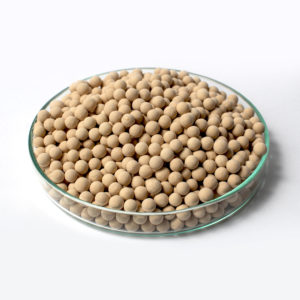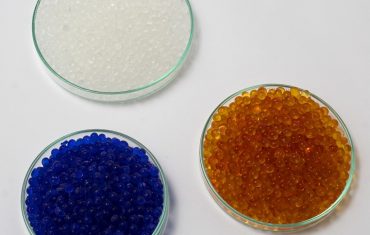3 Common Desiccants & Their Properties
Desiccants are materials that can help keep substances dry. Numerous industries use these substances to keep their products safe and dry. Do you want to buy desiccants online? Before you do that, we’ve discussed some types of desiccants to help you understand your options.
One of the most prevalent desiccants for most industries is silica gel. This desiccant is silicon dioxide (SiO2) and is a natural mineral. After obtaining this mineral in its raw form, it’s purified and processed into a beaded or granular form.
Silica gel works well as a desiccant due to its average pore size of 24 angstroms, with a strong capacity for moisture absorption. This desiccant can absorb moisture up to 220°F (105°C), but for temperatures above 100°F, the moisture absorption rate slows down but still works.
Silica gel can decrease a container’s relative humidity to about 40% RH, which works best in conditions of high humidity (60 % to 90 % RH) at room temperature (70 to 90 degrees Fahrenheit). Considering silica gel has received FDA approval for direct contact with food and pharmaceuticals, it’s employed in these industries in the United States.
Silica gel has various pore diameters, making it capable of adsorbing substances besides water. Some substances that silica gel absorbs best include water, alcohols, ammonia, olefins, diolefins, aromatics, and paraffin.
Molecular Sieve

A molecular sieve is a leading desiccant considering its characteristics. The absorption capability of a molecular sieve is quite robust since it can eliminate water molecules from a soaked silica gel bead. Once the molecular sieve absorbs the water or moisture, it revives the silica gel’s original color.
These desiccants are artificial porous crystalline aluminosilicates designed to have a robust affinity for certain-sized molecules. The particle’s pore size can be regulated during its production process, so it has no pore size distribution.
Some common pore sizes used are:
- 3 angstroms (3A)
- 4 angstroms (4A)
- 5 angstroms (5A)
- 10 angstroms (13X)
These comprehensive pore sizes and absorption characteristics come in handy for various packaging and environments.
Activated Alumina
Hydroxylation converts aluminum hydroxide into activated alumina to yield a highly porous substance with a surface area of over 200 square meters/g. The substance is used as a popular desiccant used to filter out arsenic, fluoride, and selenium from drinking water. Since this desiccant has numerous “tunnel-like” pores, its surface area to weight ratio is high.
As a desiccant, alumina follows the absorption process. As the air moves through the microscopic holes, the air’s water adheres to the alumina itself. As the air travels through the filter, the water molecules are trapped and dried out, becoming irreversible.
Whether you’re looking for desiccant silica gel online, molecular sieves, or activated alumina, you can find it all at Sorbead India.
At Sorbead India, we take pride in offering effective packaging solutions thanks to our wide-ranging quality desiccants, such as silica gel, activated alumina, molecular sieves, pharmaceutical coils, etc.
Reach out to us today to buy desiccants online.










